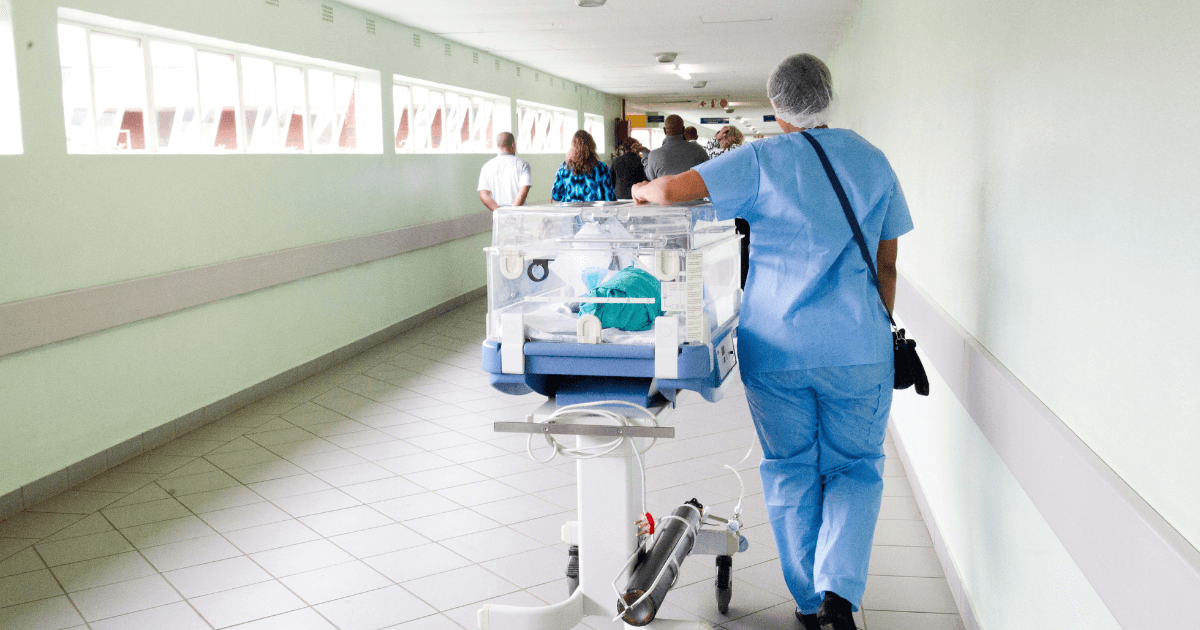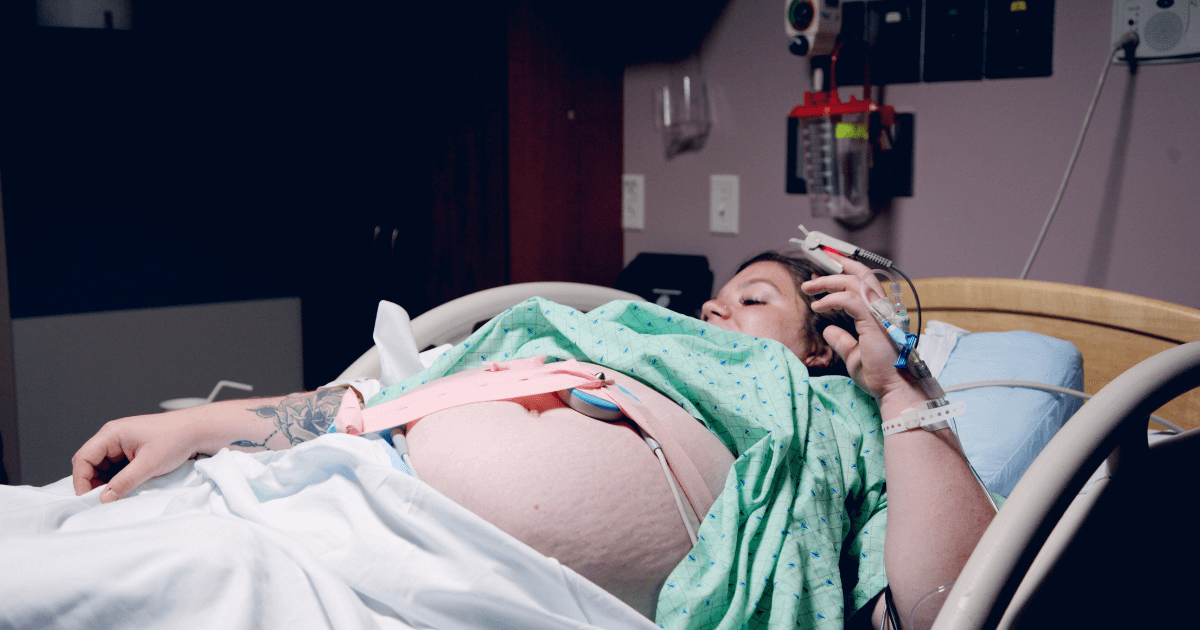Climate change is an urgent global crisis, with consequences that include extreme weather events and resource shortages. Sustainability has become more essential than ever across sectors, including health care. In particular, the women’s health care industry needs accessibility, awareness and an incentive to commit to eco-friendly approaches and clean power to ensure a reduced carbon footprint.
Context: Why Is Sustainability Important to Women’s Health Care?
The topic of sustainability in women’s health is a necessary debate that could build a foundation for a more cohesive approach. The road to this foundation hinges on three aspects.
-
Plausibility: For a long-lasting impact, stakeholders must capture comprehensive sustainability and its worldwide execution.
-
Durability: The future is a significant part of the equation. Today’s efforts will define tomorrow’s resilience.
-
Equal access: Many women worldwide lack health care, which is a social justice issue. Sustainability could expand accessibility for everyone because the world needs a system that can adapt to future hurdles, focusing on equity and fairness.
There is an inextricable relationship between women’s health, impartiality and environmental sustainability, and addressing these broadens access to a more viable health care system. In addition, any discussion about improving women’s health care must include discourse on gender disparity and environmental threats.
About 300,000 women die annually due to pregnancy and childbirth complications, potentially caused by a lack of timely, appropriate interventions. Hurdles persist in providing accessible and quality care for all women globally, but layered approaches can address them.
Challenges of Sustainable Health Care Practices and Clean Energy
Making women’s health care more eco-friendly will take time due to obstacles like these.
-
Lack of awareness: Climate change’s devastating effects are increasingly prominent in many industries. The health care system represents a significant percentage of the carbon footprint in the U.S. In many parts of the world, women give birth without lights, and children do not have access to vital medication because there is no power for refrigeration. Unfortunately, some builders do not consider solar panels as viable especially due to initial installation costs.
-
Financial hurdles: Some hospitals have limited financial resources, prompting them to prioritize more urgent aspects, like treatment equipment and medications. As a result, clean power takes a back seat.
-
Gaps in standards and measurements: For many hospitals with sustainability efforts like solar panels, the lack of metrics and tracking systems may also cause a gap in measuring effectiveness and further plotting progress.
-
Lack of access: Women in many regions do not receive the health care they need. According to research, women are more likely to experience a delay in getting proper treatment. Estimates suggest closing the gender parity gap would take at least 135.6 years.
Benefits of Clean Energy and Sustainability Initiatives
Despite the roadblocks, there are many advantages to adopting solar panels and other green efforts for women’s health care services.
-
Equal health care access: Granting solar panels to underserved communities can accelerate accessibility. A steady, reliable energy supply allows women to receive around-the-clock care and enables hospitals to add various equipment and medicines.
-
Sustainable and eco-friendly operations: Solar panels are highly efficient. After installing these, a hospital can further expand its efforts to include better waste management of medical products and water conservation.
-
Cost-effective in the long run: Although data differs between regions, most facilities receive a return on investment on their solar panels in less than a decade by reducing their monthly utility bills. Energy-intensive facilities like hospitals could recoup their expenses even sooner. In addition, systems last over 25-30 years, offering longevity.
Is Renewable Energy Viable for Women’s Health Care?
The simple answer is yes. However, stakeholders must work together to address the issue’s root causes.
-
More research and development: The consequences of climate change disproportionately affect women. Research is necessary to study the specific impacts of global warming on women’s health and wellness, innovation in relevant technologies and community awareness.
-
Policy support: As mentioned, financial hurdles are a significant concern for many health care facilities considering the switch. The government can implement policies to supervise and encourage more hospitals to join the sustainability movement to benefit their patients. In addition, they can introduce incentives and funds that these health care facilities can tap into to ease their efforts.
-
Infrastructure improvement: Hospitals must also invest in facilities, products, services and equipment to ensure a more holistic approach to adapting eco-friendliness in their daily operations. For example, one U.S. women’s health facility reduced its sensor waste by 63% by converting to reusable fingertip sensors to check blood oxygen levels and offered virtual health care to reduce the need for in-person visits, reducing their carbon footprint. While an Australian women’s health facility plans to fully convert its vehicle fleet to electric or hybrid vehicles within 2025 and divert 80% of its food waste from landfills by 2030. The shift in focus can help more facilities to be open to adopting initiatives like solar energy.
-
Stakeholder engagement: The community is crucial in ensuring women’s health care facilities adhere to sustainability concepts. Bringing them together to provide awareness, acceptance and participation improves efficiency and social justice worldwide.
Global Success Stories

Many hospitals and projects have successfully implemented solar energy in their operations.
Marvi Garden, the Primary Health Facility in Sindh
A few years ago, Pakistan’s government-run mother-and-child health care center installed solar panels and a backup battery for efficient power generation. This innovation has tremendously changed how the clinic operates. Professionals are more comfortable working without power cuts and do not have to reduce patient intake due to outages.
With improved services and longer opening hours, about 2,500 women visit the center daily with their babies, and the center delivers an average of 100 births per month.
We Care Solar Suitcases for Health Centers in Malawi
Under the Light Every Birth initiative, non-governmental workers supply maternal health care centers in rural Malawi with solar suitcases. These items provide vital electricity, reducing the health care centers’ dependency on conventional sources.
The initiative has supplied 10,031 centers and helped more than 18 million mothers and babies. The suitcases have also reduced 125,473 tons of carbon dioxide emissions.
Texas Children’s Hospital
The hospital, which opened its doors in 2024, designed its surroundings with sustainability in mind. This facility caters to women and children and integrates landscaping and green outdoor spaces to reduce carbon emissions.
It is also solar-ready per Austin regulations, and the hospital plans to expand its solar footprint, water conservation and energy efficiency. Despite the current absence of solar panels, the solar-ready structure means the hospital is on the right path to implementing green energy initiatives in the future.
The Case for Clean Power for Women’s Health Care Facilities: Collaboration Is Key

Incorporating existing buildings with sustainability initiatives like clean energy is a monumental challenge. However, stakeholder cooperation and collaboration can be instrumental in ensuring more efficient, cleaner and sustainable health care options for women. Establishing clean power infrastructure in women’s health care facilities goes beyond minimizing carbon footprint. It can tremendously impact greater social and economic equality in societies.










